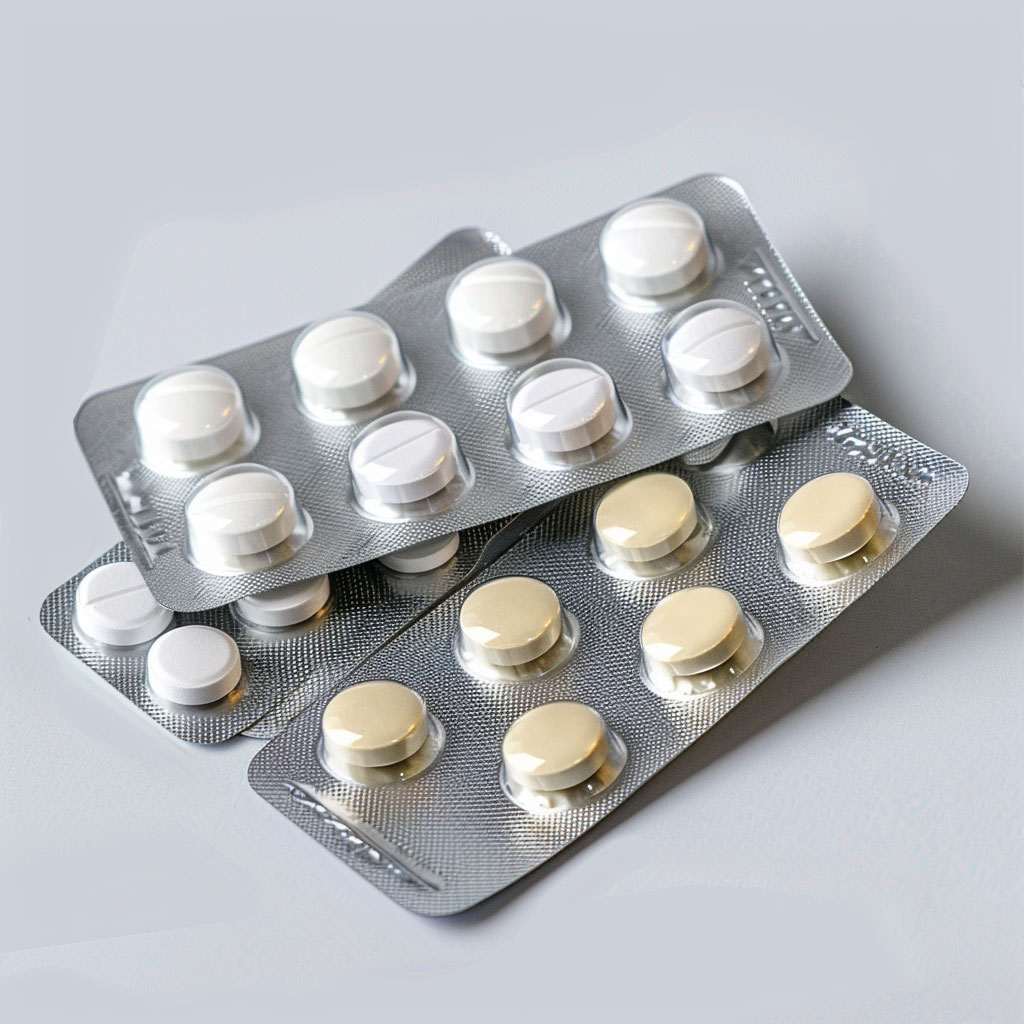
02 Apr A Comprehensive Guide to Tablet Press Machine Technology
A Comprehensive Guide to Tablet Press Machine Technology
The world of pharmaceuticals is ever-evolving, and at the heart of this industry lies tablet press machine technology. These sophisticated machines play a crucial role in ensuring the uniformity and consistency of dosage units, directly impacting patient safety. Are you ready to dive into the intricacies of this remarkable technology and unveil the secrets behind its efficiency and precision?
In this comprehensive guide, we will explore the various components, types, and applications of tablet press machines, as well as the factors to consider when choosing one. Furthermore, we’ll discuss the importance of quality spare parts and maintenance, and take a glimpse into the future of tablet press machine technology. So, buckle up and let’s embark on this fascinating journey!
Key Takeaways
- Tablet press machines are essential for the pharmaceutical industry, providing accuracy and consistency in dosage units.
- Tablet formation requires upper and lower punches, dies & compression rolls which must be of different materials to ensure successful tablet production.
- Quality spare parts & maintenance is crucial for optimal performance & longevity of a tablet press machine with innovations enhancing efficiency, quality control and process optimization.
The Role of Tablet Press Machines in the Pharmaceutical Industry
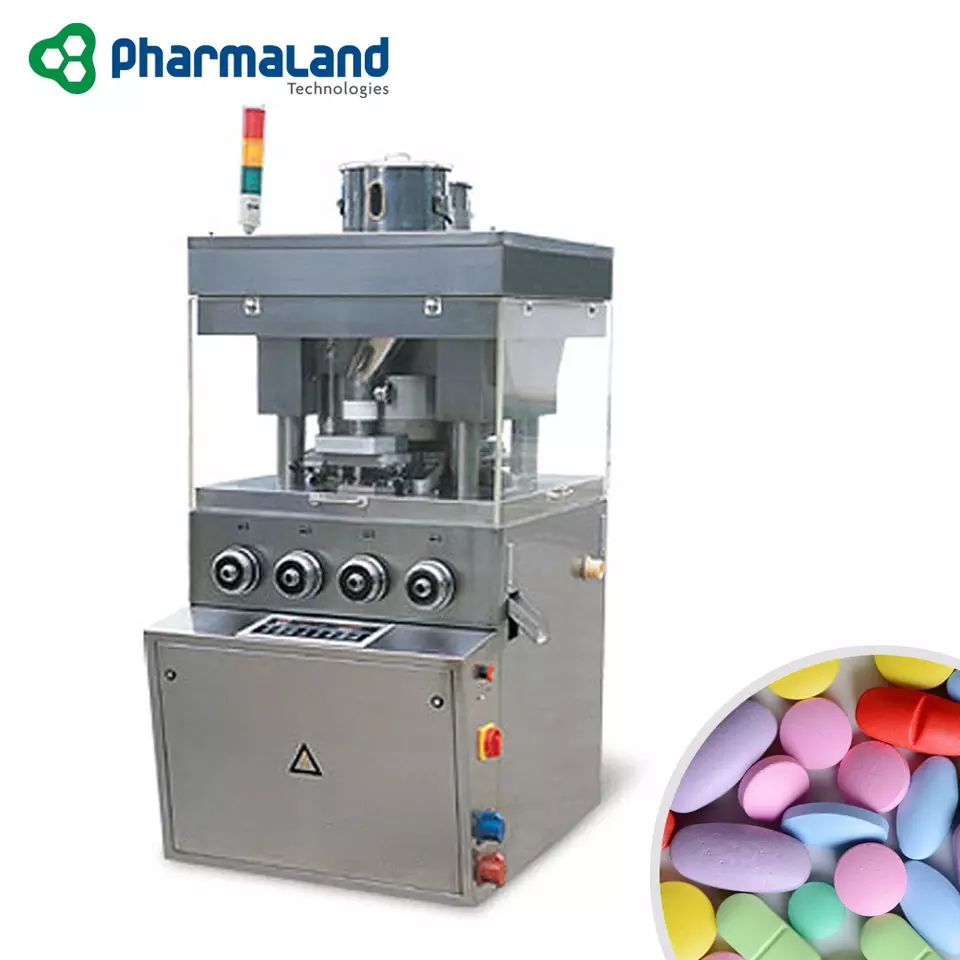
Tablet press machines, notably rotary tablet presses, compress granulated material into tablets, forming the fundamental infrastructure of the pharmaceutical industry. These machines play a crucial role in ensuring uniformity and consistency in dosage units, such as round tablets, which is vital for patient safety.
With the use of high-quality tablet tooling and low maintenance requirements, tablet press machines ensure reliability and minimize downtime, making them indispensable for pharmaceutical manufacturers.
Pharmaceutical Applications
Tablet press machines are widely employed in the pharmaceutical industry for numerous applications, primarily for tablet making, ensuring uniform shape, size, and weight. They are utilized to manufacture a broad range of tablets for pharmaceutical industries, including:
- Prescription drugs
- Over-the-counter medications
- Vitamins
- Supplements such as mineral supplements.
Utilizing tablet press machines in the pharmaceutical sector offers a variety of advantages, such as enhanced precision and uniformity of tablets, augmented production capacity, and decreased labor costs, making them suitable for both large-scale and small batch production.
In essence, tablet press machines are a valuable asset to the pharmaceutical industry, providing improved accuracy and consistency of tablets, increased production capacity, and reduced labor costs, making them ideal for producing vitamin pills and other supplements.
Understanding Tablet Press Machine Components
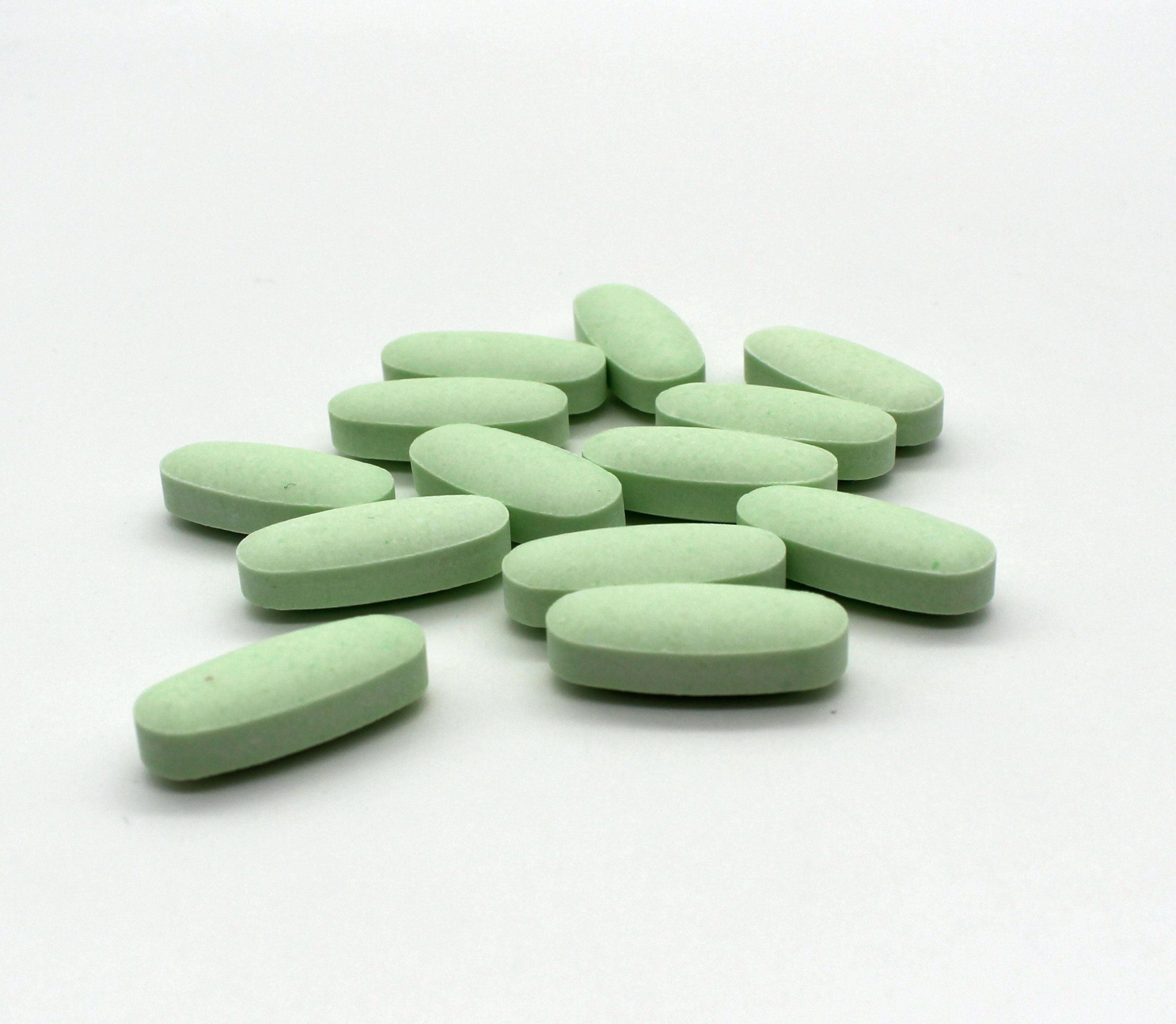
To gain a thorough understanding of tablet press machines, it’s important to become familiar with the various components that make up these intricate devices. The essential components of a tablet press include:
- Upper and lower punches
- Dies
- Compression rolls
- Feeder system to ensure the granular material is properly fed into the machine.
The specific components vary between single punch presses and multi-station/rotary tablet presses, but they all work together to form tablets.
Upper and Lower Punches
The upper and lower punches of tablet press machines are components located in the turret section of the machine. These punches play a pivotal role in the tablet formation process, as they apply pressure to the granulated material. The upper punch descends to compress the material, while the lower punch remains stationary, ensuring the necessary pressure is applied during tablet formation.
The main difference between the upper and lower punches lies in their movement during the compression process and the material they are made from. The upper punch is typically made of a more durable material than the lower punch, as it must be able to endure the pressure of the compression process. Without these critical components, the tablets would not form correctly, emphasizing the importance of upper and lower punches in tablet press machines.
Dies and Compression Rolls
Dies and compression rolls serve to form and compress the granulated material into tablets. The dies are securely sealed from the bottom by the lower punch, ensuring an exact quantity of powder is compressed. Compression rolls, which are cylindrical rollers, are essential for tablet compression, as they push the punches towards the die to form the tablet, enabling the creation of uniform tablets.
In summary, the dies and compression rolls are indispensable components of tablet press machines, as they work in tandem with the upper and lower punches to shape and compress the granulated material into tablets. Their intricate interplay ensures the production of consistent, high-quality tablets that meet the rigorous standards of the pharmaceutical industry.
Different Types of Tablet Press Machines
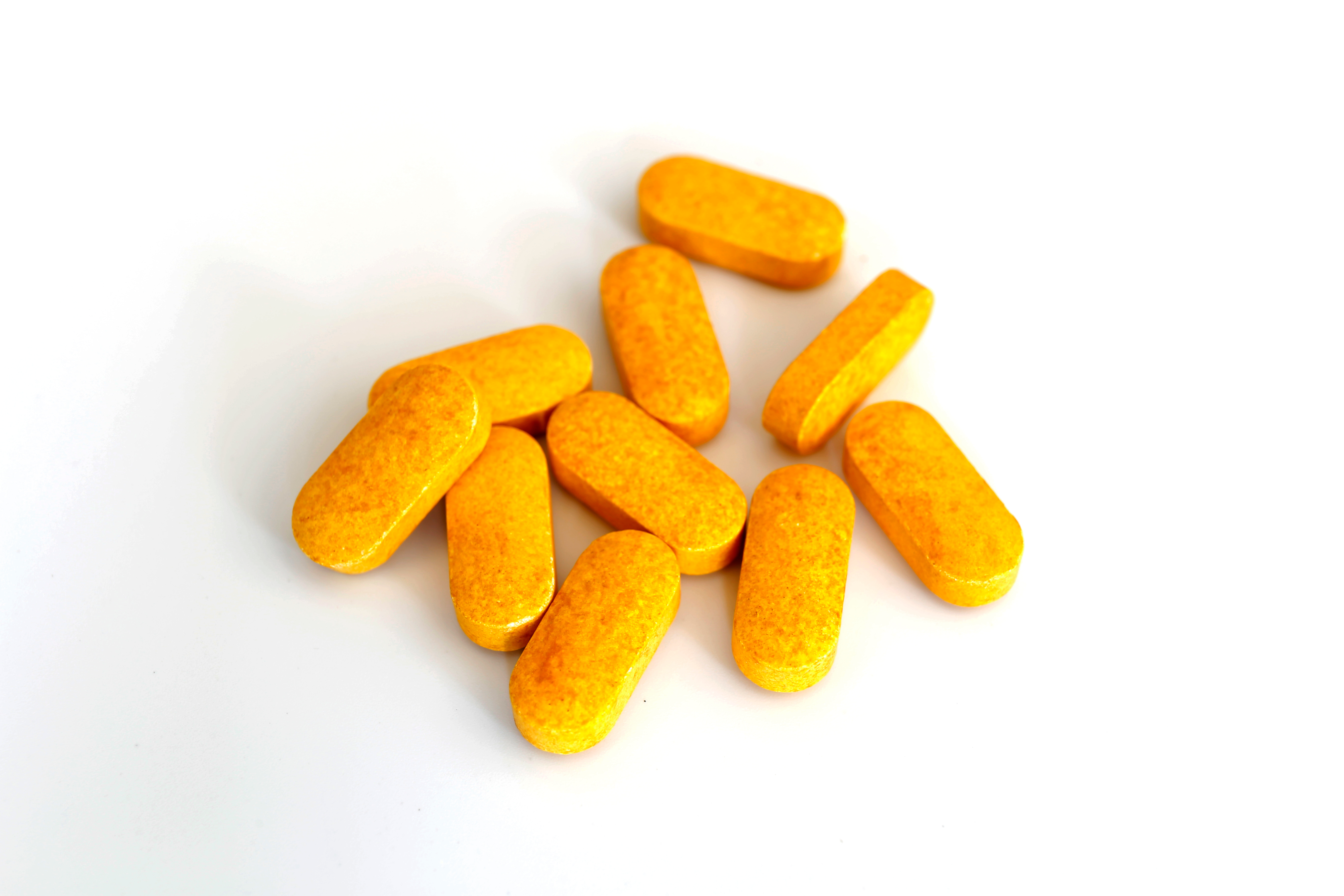
There are two main types of tablet press machines: single punch and rotary presses, each with its own advantages and applications. The operation of these machines diverges in terms of production output and feature demands, making them suitable for different scenarios in the pharmaceutical industry.
Discerning the differences between these two types of presses is key in selecting the best tablet press machine for a specific application.
Single Punch Tablet Presses
Single punch tablet presses are classified as a stamping process and are suitable for small-scale production and testing. In these machines, the lower punch remains static, while the upper punch is responsible for the entirety of the compression forces to form the tablets. The single punch press enables confirmation of compressibility, making it advantageous for testing new formulations or producing small batches of tablets.
This makes it an ideal choice for research and development, as well as for small-scale
Rotary Tablet Presses
Rotary tablet presses, on the other hand, are designed for high-volume production and feature multiple tooling stations to facilitate accelerated tablet formation. The purpose of a rotary tablet press is to enhance the output of tablets, making them highly suitable for large-scale manufacturing operations.
With their increased production capacity and advanced features, rotary tablet presses offer a more efficient solution for producing large quantities of uniform tablets, meeting the growing demands of the pharmaceutical industry.
How Tablet Press Machines Work: The Compression Process
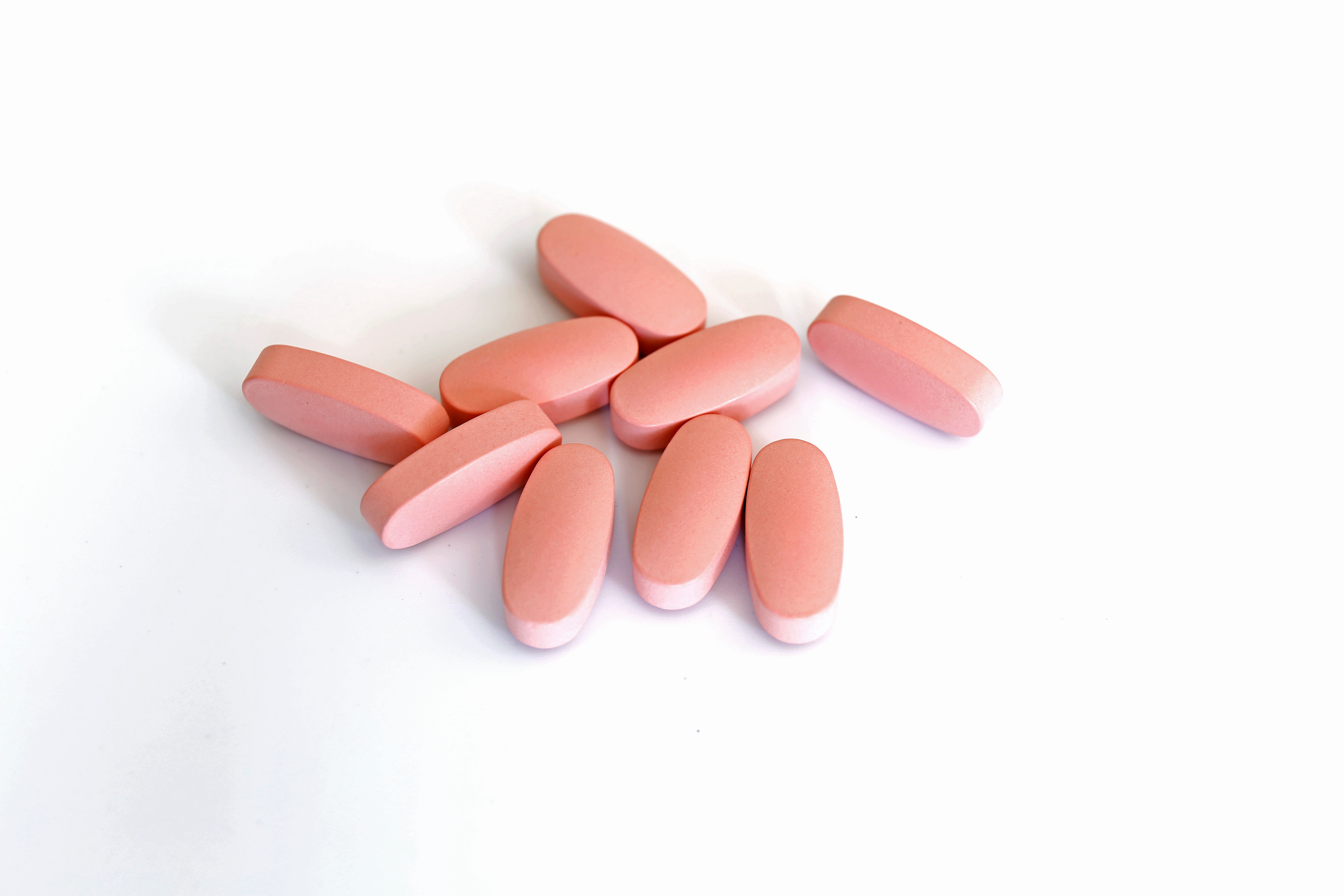
To unravel the complexities of tablet press machines, it’s important to grasp the mechanics of the compression process. This process involves the application of hydraulic pressure to compress pharmaceutical powders or granules into tablets. The upper and lower punches move between two compression rollers, which bring them together and compress the powder.
High-pressure compression rolls deliver the force of compression. This enables granulated material to be fused together into a strong, hard tablet.
Granulated Material Preparation
The granulation process transforms the particles within the granulated powder material formulation into compressible granules that can be conveniently pressed into tablets. Granulated material preparation involves blending, milling, and sieving to produce the necessary particle size for tablet formation.
Blending is the process of combining different materials to form a homogenous mixture. Milling is the process of reducing the size of the particles in the mixture, while sieving is the process of separating the particles in the mixture based on size.
Thorough preparation of granulated material is crucial to ensure that the material is appropriately positioned for compression and tablet formation, and that the particles within the powder formulation match the desired size and consistency for tablet production.
Tablet Formation and Discharge
The tablet formation process of tablet press machines involves the following steps:
- Powder filling: The bottom punch lowers into the die to form a cavity for the granulated feed stock.
- Compression: The upper punch descends with force to consolidate the granulated material and create a solid tablet.
- Actions of upper and lower punches: The upper and lower punches work together to ensure uniform tablet formation.
By following these steps, tablet press machines can create uniform tablets.
Once the tablets have been formed, they exit the tablet press through a discharge chute, completing the tablet formation and discharge process. This intricate series of steps ensures the production of consistent, high-quality tablets that meet the rigorous standards of the pharmaceutical industry.
Factors to Consider When Choosing a Tablet Press Machine

When choosing a tablet press machine, various factors need to be considered, including production capacity, tablet shape, and specifications. These factors can greatly impact the performance and suitability of a tablet press machine for a specific application, making it essential to carefully evaluate each aspect before making a decision.
Production Capacity
Production capacity refers to the number of tablets a machine can produce per hour. This capacity varies depending on the size of the tablet, the speed of the machine, and the number of punches.
For example, some machines have a production capacity of up to 80,000 tablets per hour, while others are capable of producing more than 1 million tablets per hour.
Grasping the production capacity of a tablet press machine is vital to decide if it meets your specific needs and requirements.
Tablet Shape and Specifications
Tablet shape and specifications include factors like size, thickness, and embossing, which can affect the choice of tablet press machine. The physical characteristics of a tablet can have an impact on the performance of the tablet press machine, as well as the quality of the tablet.
Assessing these factors is crucial when choosing the best tablet press machine for a particular application, to ensure the machine can produce tablets of the desired size, thickness, and embossing.
The Importance of Quality Spare Parts and Maintenance
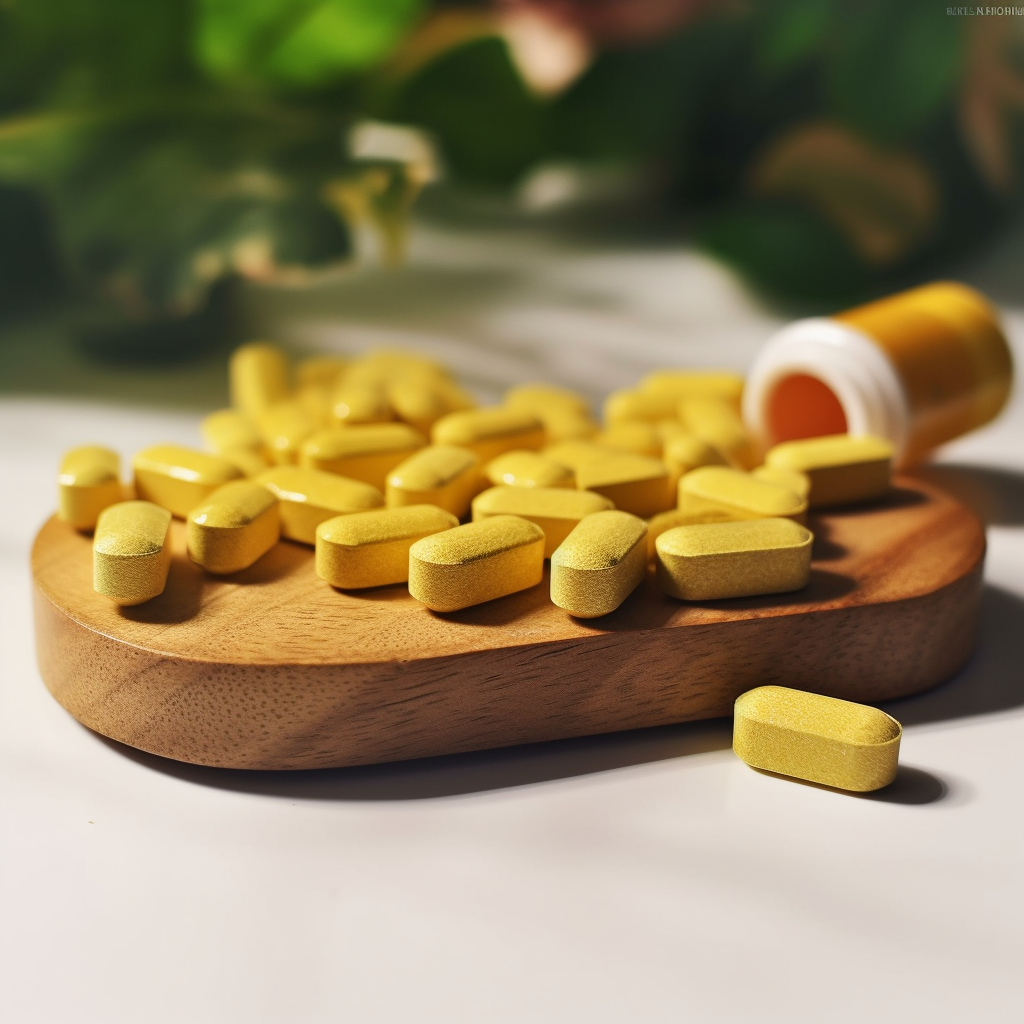
Quality spare parts and regular maintenance are essential for ensuring the longevity and efficiency of tablet press machines. Regular maintenance ensures that the machine is running optimally, and any potential issues are identified and resolved before they become more serious.
Utilizing quality spare parts offers the following benefits:
- Ensures that the machine is operating at its optimal performance level
- Helps quickly identify and address potential issues
- Decreases downtime and increases efficiency
- Prevents expensive repairs
Neglecting to utilize quality spare parts and not executing regular maintenance can result in decreased efficiency, increased downtime, and expensive repairs.
Tablet Press Machine Innovations and Future Trends
As advancements in the pharmaceutical industry continue, tablet press machine technology needs to evolve correspondingly. Innovations and future trends associated with tablet press machines include:
- Chip-in-a-tablet innovation for therapeutic compliance
- Modern features such as robust design and efficiency
- Advancements in technology such as the development of Courtoy tablet presses by GEA
- Increased automation
- Increased demand in the pharmaceutical industry
These innovations and trends are shaping the future of tablet press machine technology, with a focus on enhancing efficiency, quality control, and process optimization. As the industry evolves, it’s essential for manufacturers to stay up-to-date with the latest advancements and trends in tablet press machine technology to remain competitive and produce high-quality tablets that meet the ever-growing demands of the pharmaceutical industry.
Summary
Throughout this comprehensive guide, we have explored the various aspects of tablet press machine technology, delving into the roles, components, types, and applications of these machines in the pharmaceutical industry. We have also discussed the factors to consider when choosing a tablet press machine, as well as the importance of quality spare parts and maintenance, and the innovations and future trends shaping this technology.
As the pharmaceutical industry continues to evolve and grow, so too must the technology that supports it. Tablet press machines play a vital role in ensuring the production of consistent, high-quality tablets that meet the rigorous standards of the industry. By understanding the intricacies of these machines and staying up-to-date with the latest advancements, manufacturers can continue to produce safe and effective products for the betterment of public health.
Frequently Asked Questions
Is it legal to buy a tablet press?
It is not illegal to buy a tablet press, according to federal law.
What is tablet press machine?
Tablet press machines are used to compress pharmaceutical powders and granules into uniform tablets, which contain the same amount of active ingredients and excipients.
What is an alternative to a pill press?
An alternative to a pill press is an encapsulating machine or capsule filling machine, which packs powder into a gelatin capsule instead of pressing it into a tablet. These machines can range from small manual devices to large industrial-scale machines.
What is the main purpose of tablet press machines in the pharmaceutical industry?
Tablet press machines are essential in the pharmaceutical industry, as they compress granulated material into tablets, providing uniformity and consistency in dosage units to ensure patient safety.
What are the key components of a tablet press machine?
A tablet press machine is composed of upper and lower punches, dies, compression rolls, and a feeder system, allowing for granular material to be processed into tablets.
